The Great Salt Lake in Utah, USA, is unquestionably one of the most interesting bodies of water on the planet.
The lake’s high salinity makes it uninhabitable for almost all species except a select few, including brine shrimp, several forms of algae, and many kinds of birds. However, scientists have recently found a new species in the Great Salt Lake, which will change how they understand the incredible ecosystem.
The Amazing Great Salt Lake
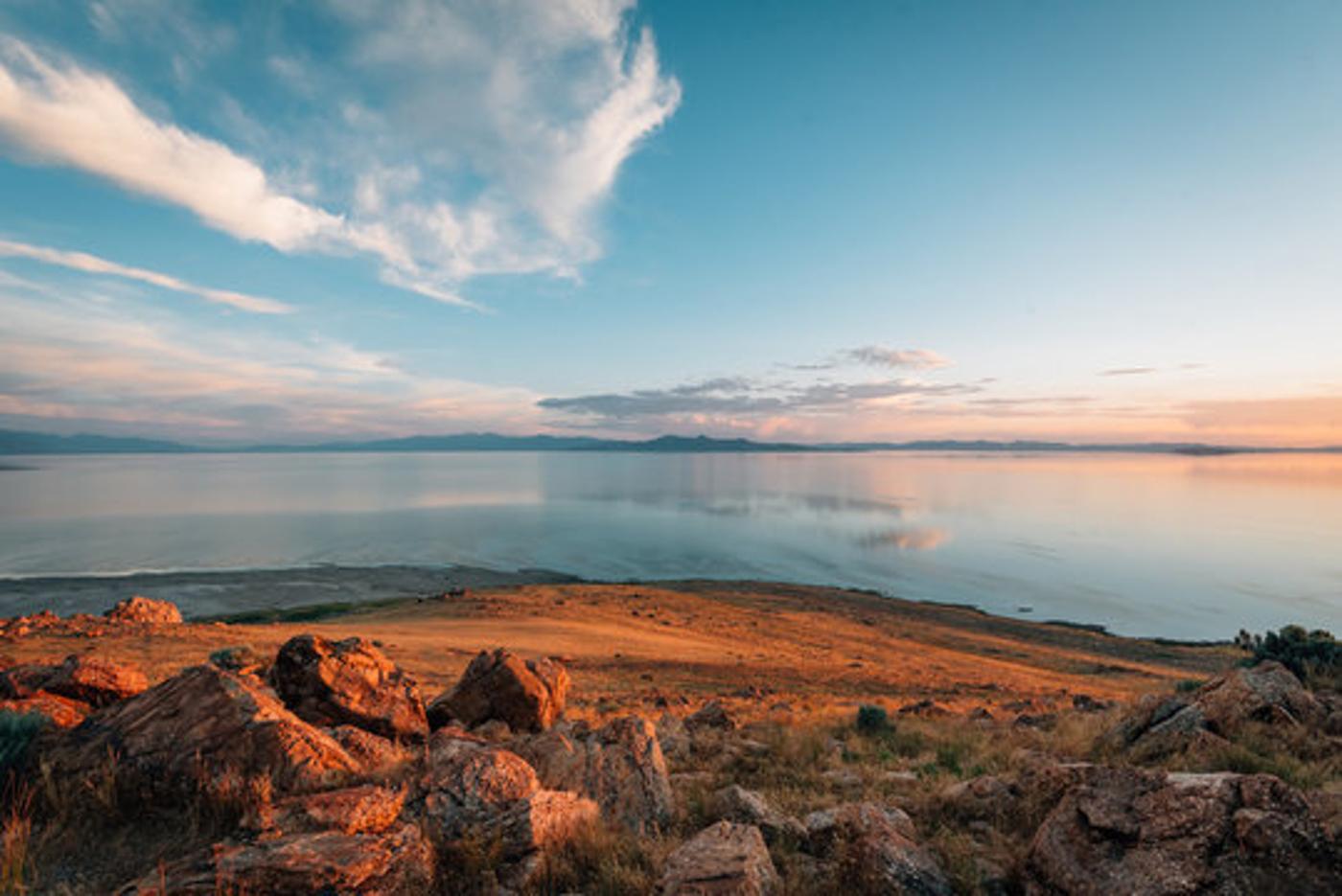
The Great Salt Lake is the largest saltwater lake in the Western Hemisphere. Its area fluctuates wildly, drastically affecting not only the lake but also the climate of the surrounding area.
However, while the Great Salt Lake is undoubtedly fascinating for a wide variety of reasons, its lack of natural wildlife is arguably the most intriguing for scientists in Utah and around the world.
Investigating the Great Salt Lake
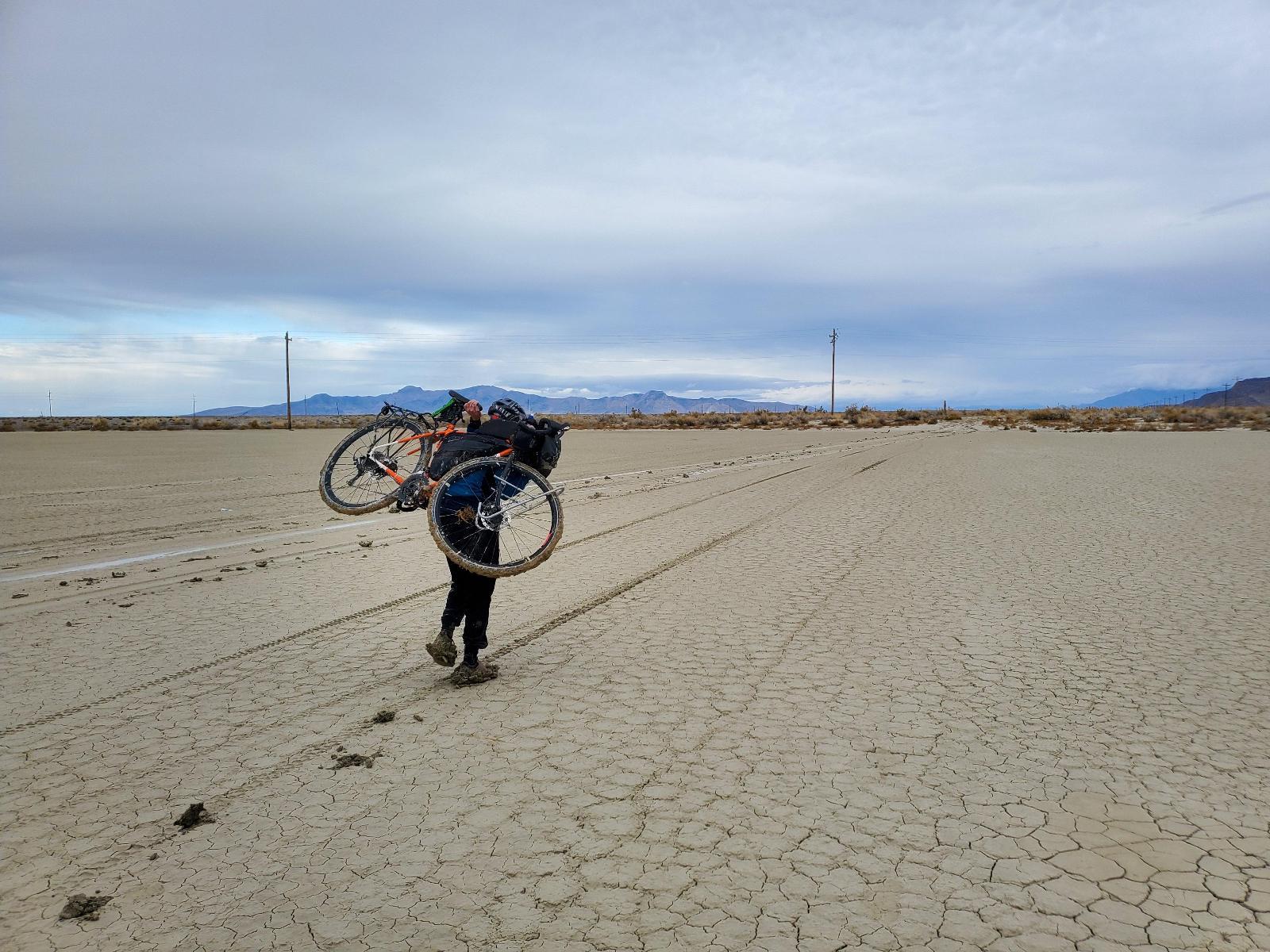
To better understand this captivating natural body of water, a team of researchers from the University of Utah conducted an extensive investigation into the 950-square-mile lake.
They traversed the lake by bike in 2022 when the water levels dropped drastically, walked along its edges, and took extensive water samples over the past several years. And what they found is truly groundbreaking.
Very Few Animals Live in Utah’s Great Salt Lake
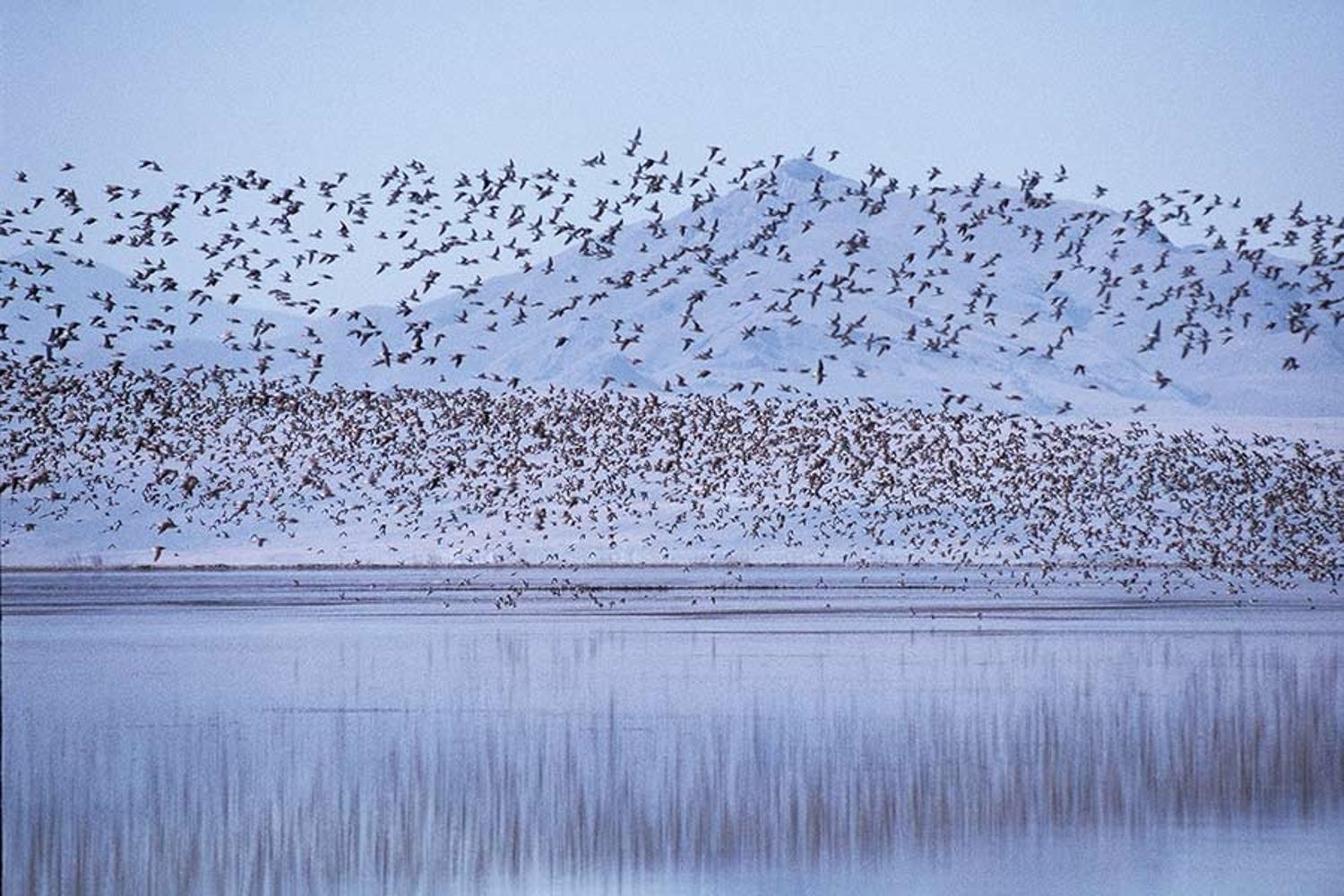
While conducting their research, the scientists were fully prepared to find the very few but important species of plants and animals they knew lived in the Great Salt Lake.
According to the United States Geological Survey (USGS), “Approximately 250 species of birds, 64 species and subspecies of mammals, 23 species and subspecies of fish, 19 species of reptiles, and eight species of amphibians have been documented in the Great Salt Lake environs.”
Why Are There so Few Animals in the Great Salt Lake?
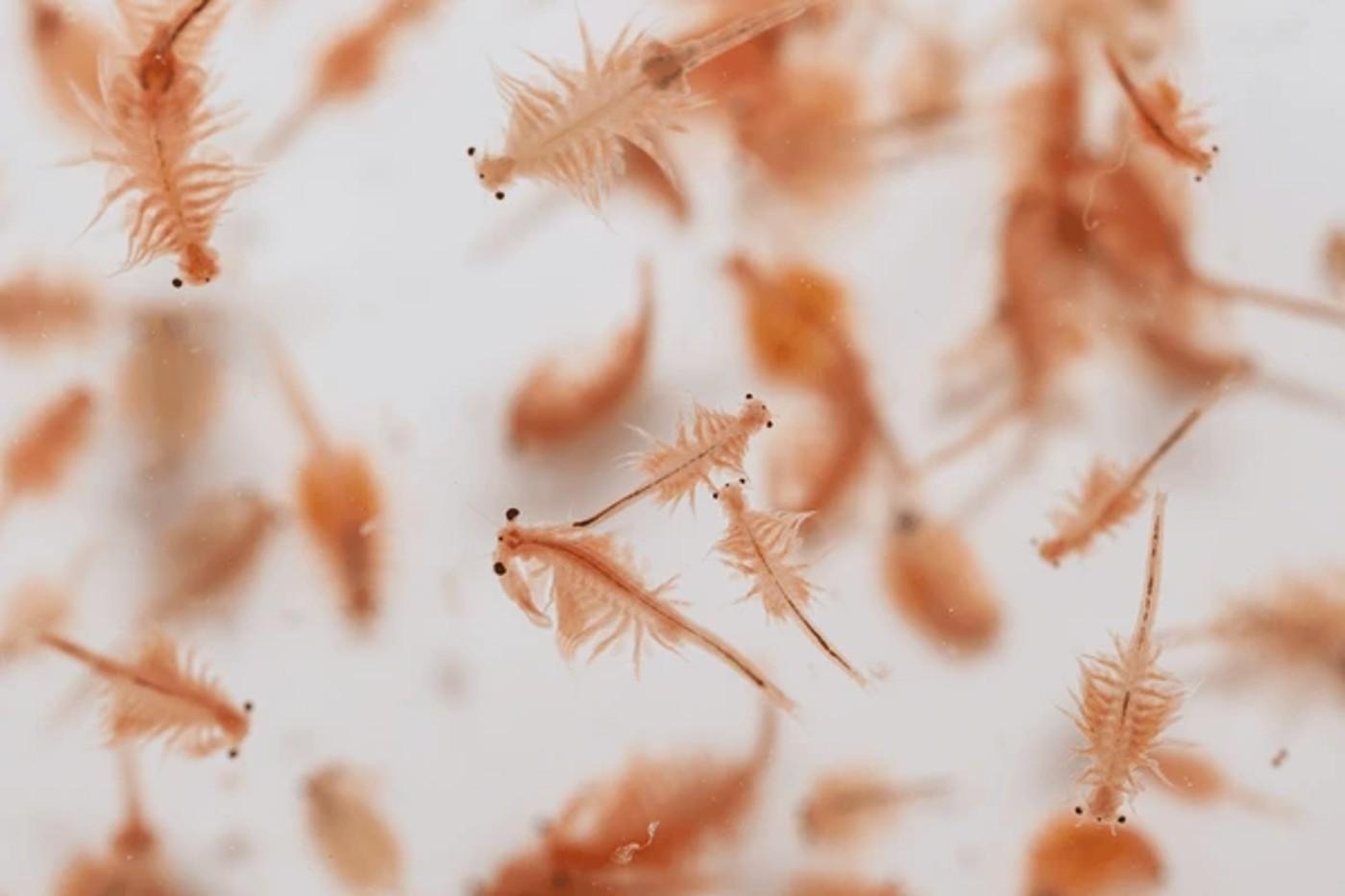
Although that may seem like a wide variety of animals, that’s actually quite a small number for such a large body of water. The reason why there is so little life in the Great Salt Lake is because of its almost unbelievably high salinity in the water.
Any species, such as the brine shrimp and brine flies, have to live in water far saltier than the world’s oceans. So, while the researchers were unquestionably hoping to find new data within their study, they had no idea they would find an entirely new species living in the lake.
Finding a New Species in the Great Salt Lake
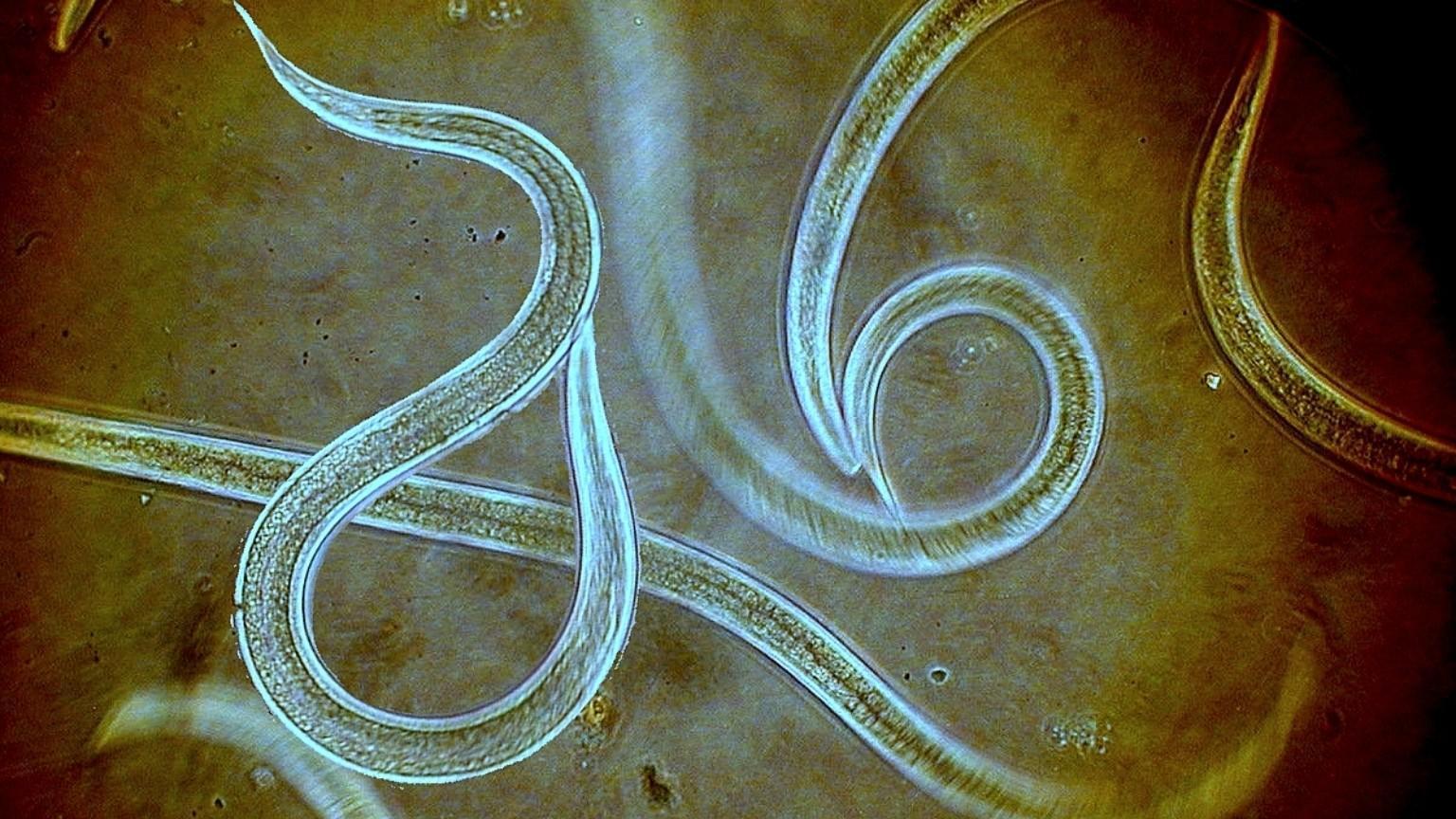
The team decided to sift through several sediment deposits at the bottom of the lake, and almost immediately, they noticed thousands of tiny worms called nematodes.
Nematodes are long, cylinder-shaped worms known for their resiliency in a wide range of natural environments, including salt water, fresh water, or really any kind of soil. Experts believe there are several million species of nematodes, though only a few thousand have been named.
Nematodes Disappeared From the Great Salt Lake in 1985
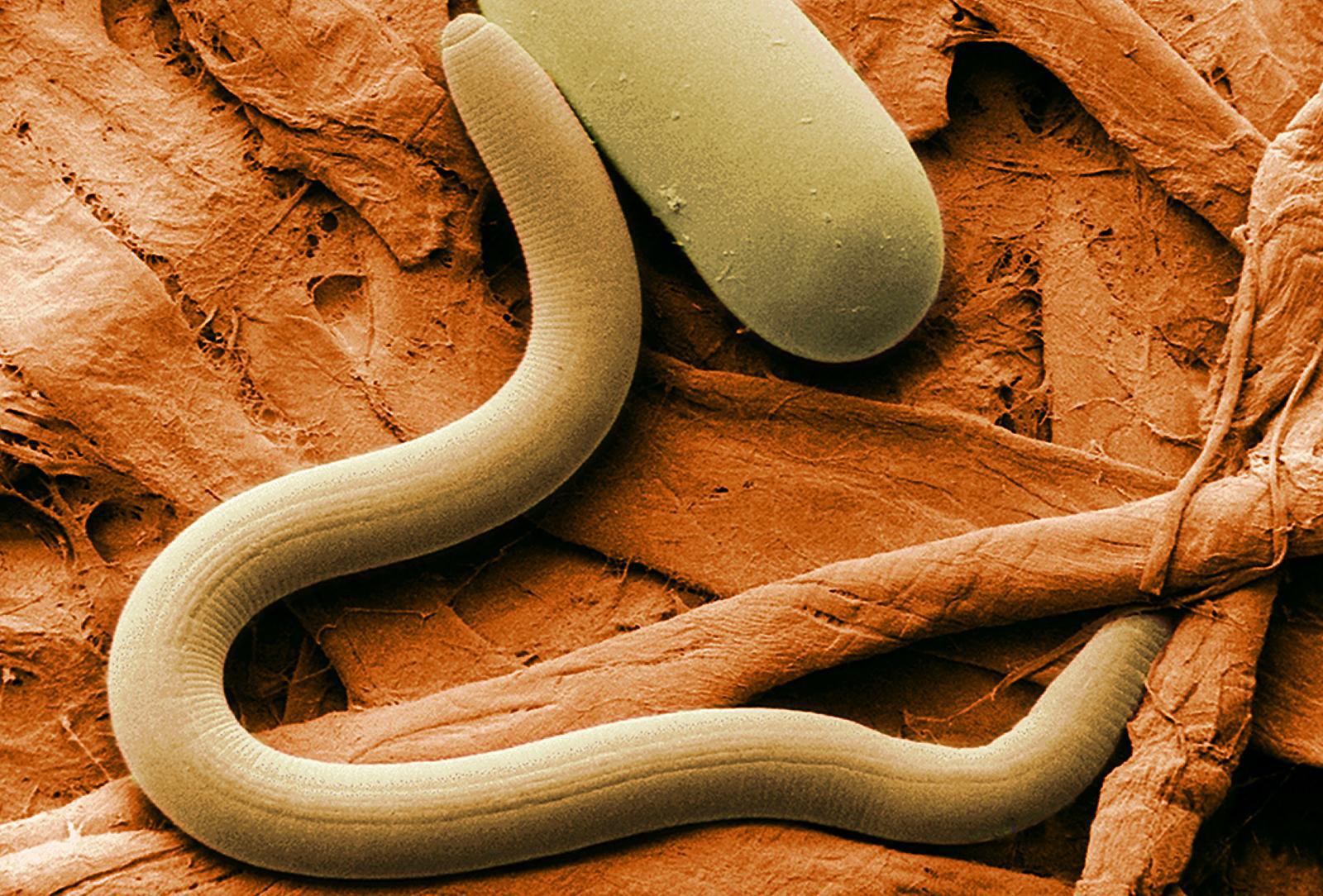
Because nematodes are so adaptable, they can live in water with extremely high salinity, such as that within the Great Salt Lake.
In fact, the scientists already knew that nematodes did live in the lake for centuries; however, in 1985, the tiny worms disappeared after the lakebed shrunk and took away their water supply.
Looking for More Nematodes

After finding thousands of nematodes in just one sample, the team continued their investigation to see if they could find more throughout the lake.
One researcher, Julie Jung, decided to look at the microbialites, or sedimentary deposits made of carbonate mud, along the shallow lake’s floor. While the microbialites may look like rocks, they are actually quite porous, and tiny nematodes have been known to live inside their miniature caves.
The Breakthrough They Needed
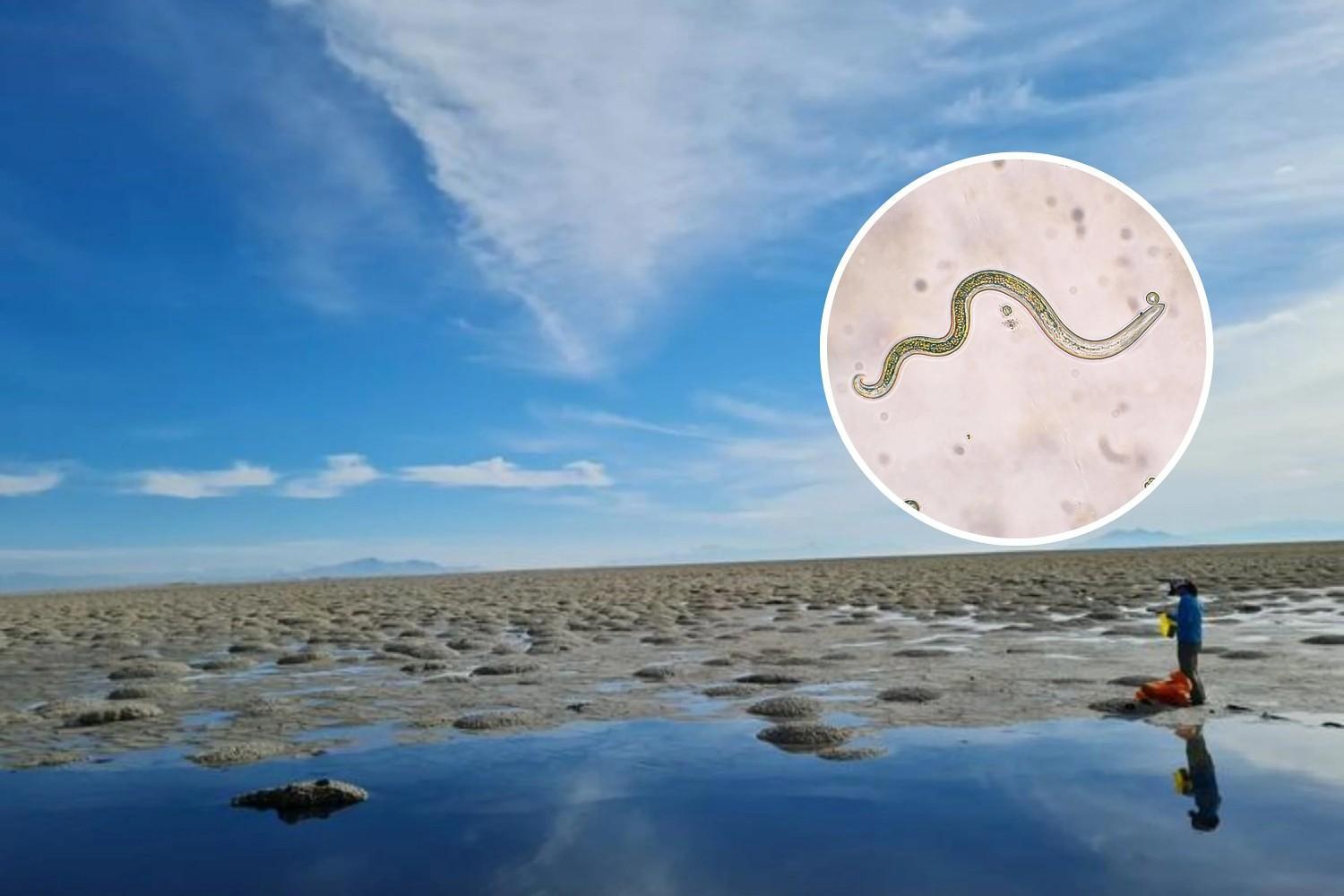
Fellow researcher Michael Werner, explained, “Julie had taken a hammer and was pulverizing a microbialite. She found hundreds, and in some cases thousands, of worms. That really broke open this whole project for us.”
Their theory was then that nematodes are able to survive and even thrive in the wildly salty water specifically with the help of the microbialites.
Nematodes Are Surviving on the Bacteria Created by the Microbialites
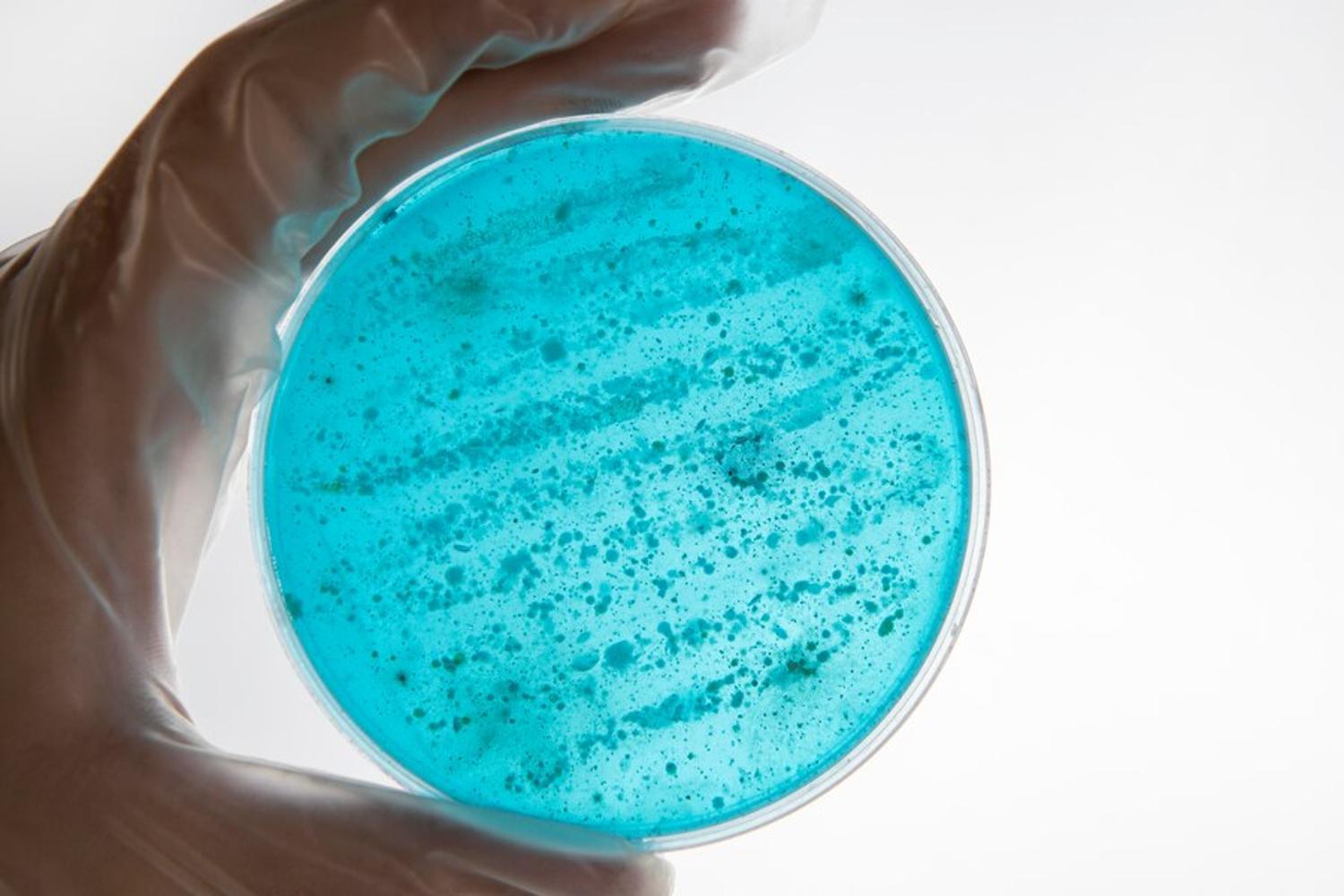
In an experiment to confirm this theory, the scientists removed nematodes from the microbialites and placed some of them directly into the lake water while other, they continued to feed the bacteria found on the microbialites.
Within 24 hours, the nematodes without the bacteria microbialites had all died, while those feeding on the bacteria were still alive. As Werner explained, “It opened up this whole exciting area of the ecology of what worms are doing in the lake.”
The Nematodes Could Also Be Ensuring the Microbialites Survival
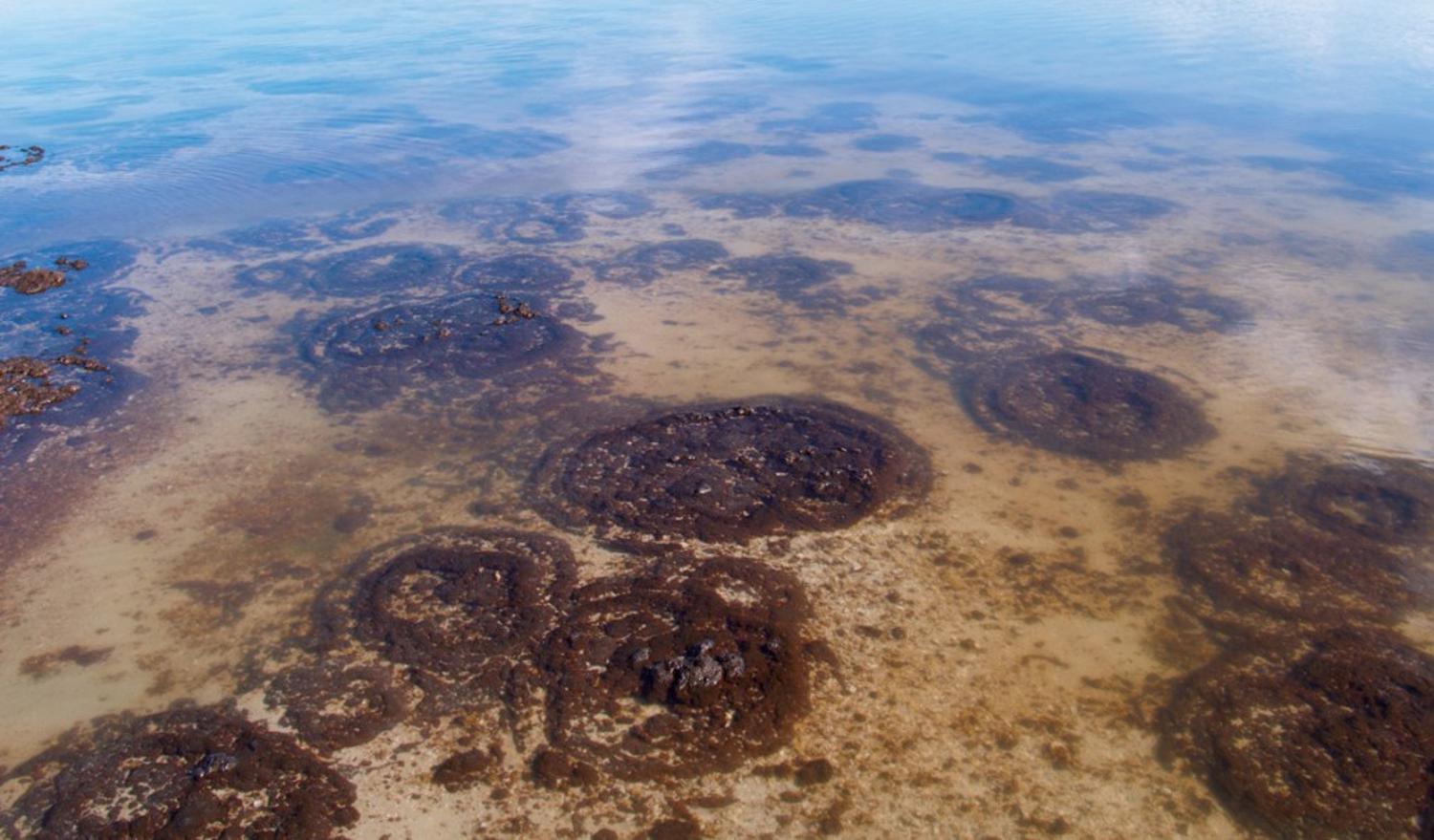
Werner also explained, that while they don’t yet know for sure, “ the nematodes [may be] contributing to microbialite formation as well. … They might be transporting useful bacteria to other parts of the microbialite.”
He and the other team members believe that more research needs to be conducted to find out exactly how this relationship functions, as well as how it affects the Great Salt Lake as a whole.
This Research Is About More Than Just Worms

However, they also want people to understand that this research is about far more than just tiny worms in a salty lake.
It could also help scientists understand how life functions both on Earth and even on other planets in less-than idyllic conditions like that of the Great Salt Lake. Which is exciting for everyone, not just scientists.








































